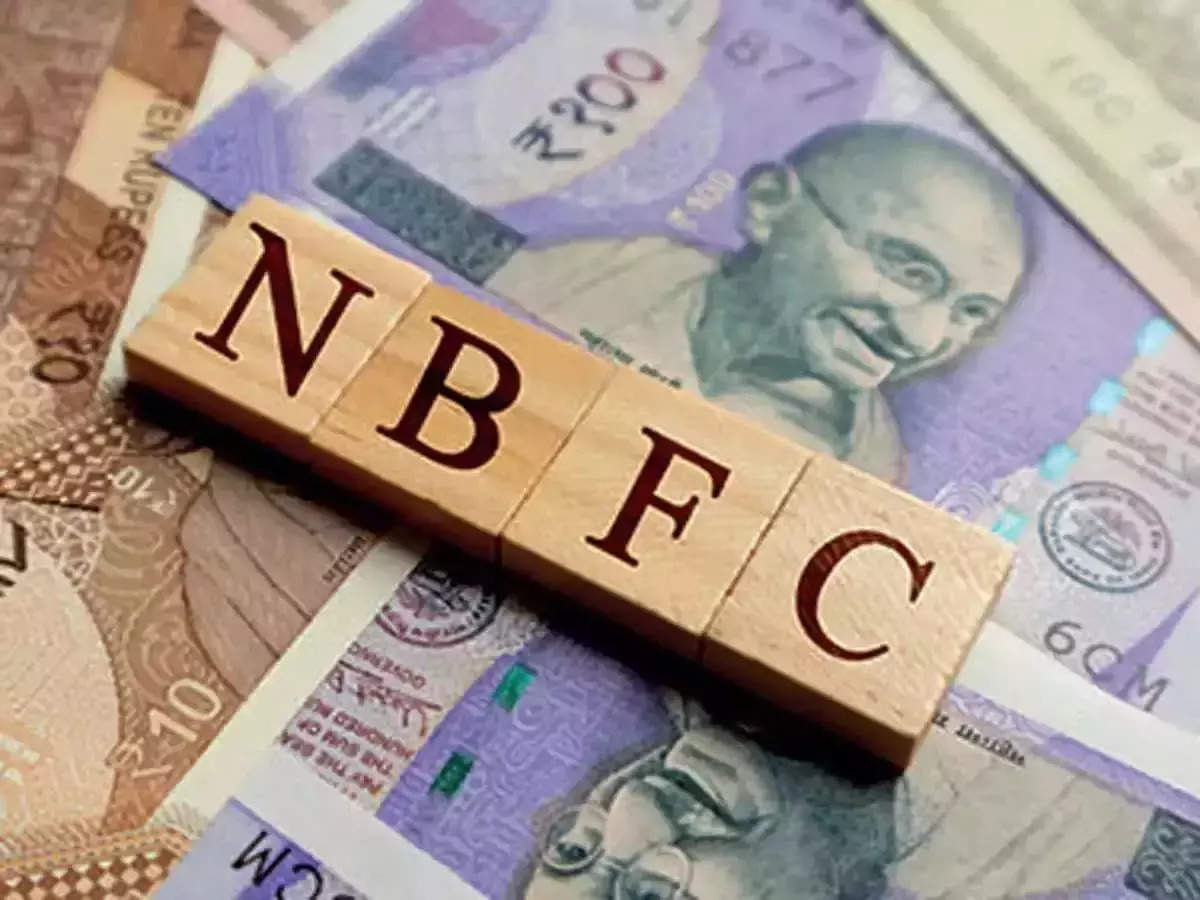
Recently, the Reserve Bank of India (RBI) released its Financial Stability report for the year 2024 and raised concerns on growing stress in micro finance and consumer credit sectors. In fact, these two sectors receive substantial funding from Non-Banking Financial Companies (NBFCs) in India.
The NBFCs are registered companies engaged in credit delivery to the unbanked and underbanked customers. As on March 31, 2024 there are 9,420 NBFCs operating across India. RBI classified the NBFCs into 4 categories based on their activity, asset size, and perceived riskiness: a) top layer, b) upper layer, c) middle layer, and d) base layer.
Out of these 9,420 firms, only 15 entities fall under the ‘upper layer’ and 493 in the ‘middle layer’ and the remaining 8,912 belong to ‘base layer’. However, none of the NBFCs makes it to the ‘top layer’. In terms of asset size, upper layer (25.2%) and middle layer (68.8%) comprise the majority as of March, 2024.
The NBFCs are a sort of shadow banking entity, with light-touch regulation from the RBI. Shadow banks are a group of financial intermediaries facilitating credit flow to the financial markets. Differential regulation of the NBFCs may allow them to be agile to exploit new business opportunities but that may also lead to creative accounting and financial engineering.
As such, the RBI cancelled the certificate of registration of 742 NBFCs during the period 2020-24 mainly due to violation of guidelines related to fair practices code. Essentially, the following perceived threats to financial stability may emanate from the NBFCs due to their inherent nature of operations.
i) Credit exposure to sensitive sectors
Since the NBFCs have significant exposure to certain sensitive sectors such as commercial real estate and capital markets, whose prices are prone to volatility and ultimately will have an impact on financial stability, close regulatory surveillance of these entities is warranted.
For instance, credit exposure of the NBFCs to the sensitive sectors rose from 20.7 per cent in March, 2022 to 23.8 per cent in March, 2024. Out of this, exposure to the capital market stood at Rs.3,74,072 crore (7.4%) as on March 31, 2024, which needs close monitoring, given the recent mayhem in the Indian financial markets.
ii) Structural liquidity position
With effect from December 1, 2024 the NBFCs are required to maintain a minimum liquidity coverage ratio (LCR) of 100 per cent in order to have sufficient high quality liquid assets for the next 30 days.
The LCR ensures short-term resilience of the NBFCs to absorb potential liquidity shocks, if any. Further, the structural liquidity position of the NBFCs will be reckoned by deducting cash outflows from cash inflows across various time buckets.
As on March 31, 2024 the NBFCs had more than 100 per cent positive mismatch as a share of total outflows in all time buckets, except in case of maturity tenor of over 5 years. A positive mismatch implies a comfortable structural liquidity position, whereas a negative mismatch means shortage of cash inflows vis-a-vis cash outflows in the corresponding time bucket.
iii) Incestuous relationship between banks and NBFCs
Banks source savings from retail depositors and extend high value loans to the NBFCs, and the latter, in turn, may invest in a bank’s equity capital – hence, there exists an incestuous relationship between them. It is worth recalling here that the Global Financial Crisis in 2008 occurred partly due to the incestuous relationship between banks and financial institutions (FIs) through asset securitization.
The NBFCs source their funds mainly from banks in the form of commercial papers (CPs), debentures, and other borrowings, as all categories of NBFCs are not permitted to mobilize (low-cost) deposits from the public. Systemic risk to financial stability arises as the banks not only lend to the NBFCs but also subscribe to the debentures and CPs issued by the latter.
As on September 30, 2024, total borrowings of the NBFCs stood at Rs. 36,92,670 crore i.e., 67.72 per cent of their total liabilities. Out of these, debentures (24.35%), CPs (2.13%), and borrowings from banks/FIs (28.6%) are the major sources of funding.
Further, ‘borrowing short term and lending long term’ is a common practice among the NBFCs. They borrow through money market instruments such as CPs, for cost effectiveness and keep on rolling them over to fund their long-term loan assets thereby facing asset – liability mismatches apart from liquidity, currency, concentration, and re-pricing risks.
iv) Artificial Intelligence and Technology inter-connectedness
Though artificial intelligence has numerous benefits in terms of efficiency and cost savings, it poses several risks with regard to misuse, excessive reliance on third party as well as common models, faulty predictions, data quality issues, etc.
Technology inter-connectedness has become a serious challenge due to over-dependence on shared technology, common service providers, and infrastructure. For instance, Amazon (31%), Microsoft (20%), and Google (12%) are the major market players in providing cloud infrastructure services. It is observed from Google Trends that cyberattacks have zoomed since the launch of ChatGPT on November 30, 2022.
v) No guarantee from DICGC for public deposits mobilized by NBFCs
Total public deposits mobilized by deposit taking NBFCs (NBFCs-D) enhanced from Rs.70,564 crore in March, 2022 to Rs. 1,12,512 crore in September, 2024 thereby registering a compounded annual growth rate of 20.52 per cent.
As DICGC – Deposit Insurance and Credit Guarantee Corporation – does not insure deposits mobilized by the NBFCs, the RBI cautions the public to adopt a calibrated stance in this regard.
vi) Usurious interest rates
The RBI increased risk weights on consumer credit exposures of the NBFCs in November, 2023 from 100 to 125 per cent with a view to preventing unhealthy growth in unsecured retail credit segment and reducing their excessive reliance on bank borrowings. However, ‘high interest bearing and unsecured credit card receivables’ of the NBFCs increased from Rs. 32,710 crore in March, 2024 to Rs. 61,171 crore in September, 2024.
vii) ESG compliance
It is observed that compliance of the NBFCs with regard to ESG – Environmental Sustainability, Corporate Social Responsibility, and Corporate Governance – is not up to the mark in India. Environmental impact assessment is a rare phenomenon, when the NBFCs extend loans to certain hazardous industries, which harm the planet, people, and prosperity.
Further, most of the NBFCs follow a ‘tick box’ approach when it comes to corporate social responsibility rather than bringing transformative change in the society. Further, the NBFCs like Infrastructure Leasing & Financial Services (IL&FS), Dewan Housing Finance Limited (DHFL) became ‘gone concerns’ primarily due to lack of corporate governance and non-disclosure of possible non-performing assets (NPAs).
The Way Forward
The RBI reports that the financial soundness indicators of the NBFCs improved in terms of higher profitability, strong capital adequacy, healthy net interest margins, and better asset quality. Further, systemic importance of the NBFCs has been growing since they complement and supplement banks and FIs while achieving last mile digital financial inclusion in India.
Though they are the right vehicles in credit delivery to (productive) sectors of the economy, the NBFCs need to be mindful of emerging structural risks – climate change, cybersecurity threats, and concentration risk – by setting up robust risk management architecture in their business models.
(The author is Director, Centre for Agri-Business Management, MANAGE, Hyderabad; Views expressed are personal)


